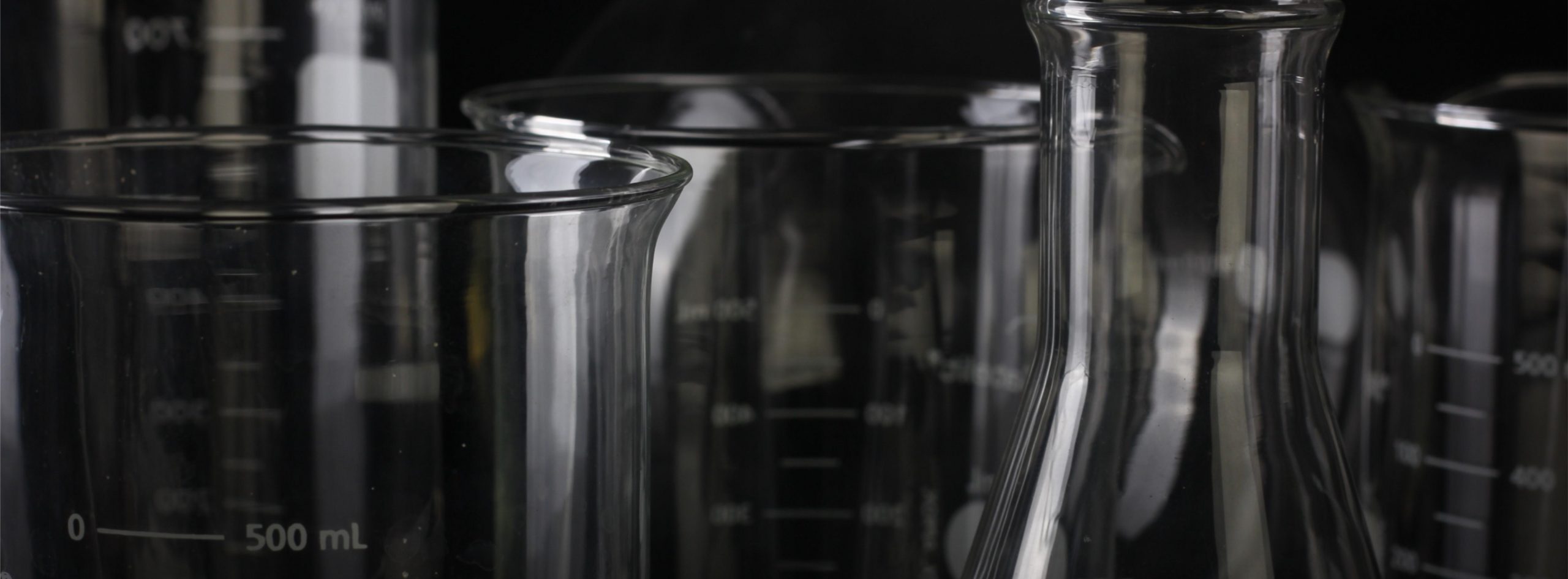CRISPR-Cas9: The
Gene Editing Tool That Could Fix Disease and Eradicate Cancer
(Note: companies that could be impacted by the content of this article are listed at the base of the story (desktop version). This article uses third-party references to provide a bullish, bearish and balanced point of view; sources listed in the “Balanced” section)
The discovery of a gene editing tool called CRISPR-Cas9 is perhaps the most exciting finding in molecular biology since the discovery of DNA. Scientists first unearthed the structure of DNA in the 1950s, and by 2003 scientists had sequenced the entire human genome encoding for 20,000 distinct proteins. Following its discovery in bacterial immune systems, CRISPR-Cas9 was first used to replace a piece of DNA in human cells in 2013. But it was only just last year that the CRISPR-Cas9 technology advanced into human trials to treat patients with various inherited diseases and cancers. With this newfound power to edit our own genes, we could be on the verge of a medical revolution.
Many human diseases are genetically driven often caused by the mutation, deletion, or overexpression of genes. Therefore, introducing desired changes into genes has been a long sought-after goal in molecular biology. Gene editing (also known as genome editing) involves the insertion, deletion, or replacement of those chemical base pairs in DNA. DNA (deoxyribonucleic acid), the building block of genes, is used to synthesize proteins via RNA (ribonucleic acid). Genomes of eukaryotic organisms are composed of billions of DNA bases. Cas9 is an enzyme acting as a molecular “scissors” that can cut the two strands of DNA at a specific location in the genome so that bits of DNA can then be added or removed. The guide RNA (gRNA) about 20 bases long is designed to only bind to the target sequence in the DNA. The Cas9 follows the guide RNA to the same location in the DNA sequence. In order to cut a piece of DNA at the right spot, the molecular “zipper” needs to accurately match up with the piece of the DNA to form a tight bond that positions the scissors in just the right place. In CRISPR, the “zipper” is made of specially designed RNA, and the “scissor” effect comes from harnessing the natural cutting action of a protein, or enzyme, called Cas9. In this way, CRISPR-Cas9 can insert, delete, or replace the genes that have plagued humanity with
